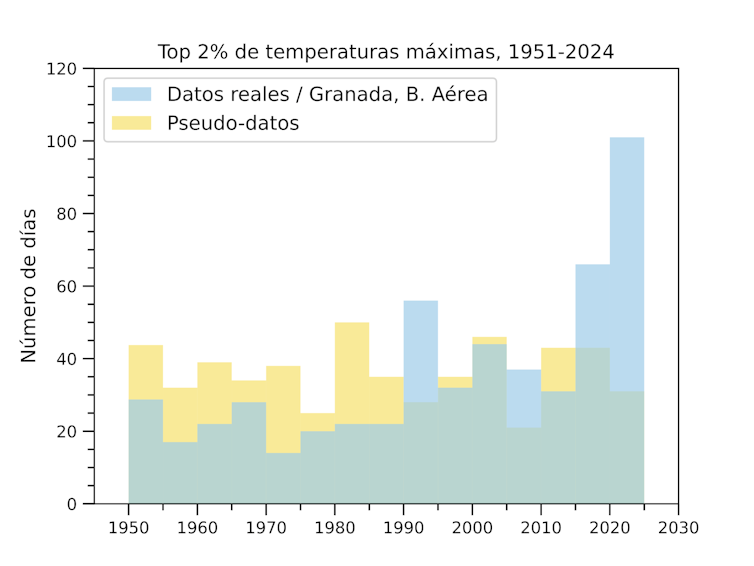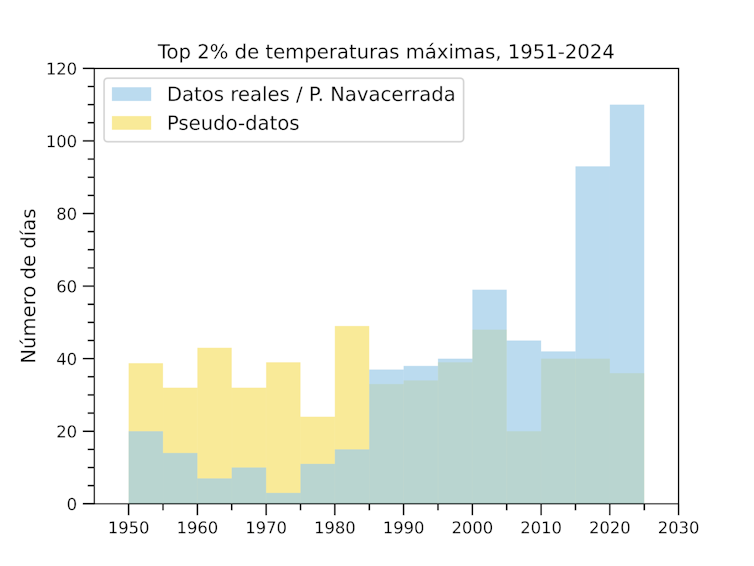Source: The Conversation – Canada – By Zhanna Lyubykh, Assistant Professor, Beedie School of Business, Simon Fraser University
About one in four employees has a diagnosable mental health condition, and up to 65 per cent say mental health concerns interfere with their ability to work.
The economic toll is staggering. In the United States alone, mental health concerns cost over $280 billion annually. Worldwide, that figure reaches an estimated US$1 trillion annually.
Mental health is increasingly being recognized as critical to workplace functioning. Organizations invest substantial resources in wellness programs, mental health training and employee assistance programs. Some even offer on-site therapy sessions at no cost to their employees.
Yet despite these efforts, many employees remain hesitant to seek help or disclose their mental health conditions. This reluctance can leave employees under-supported and contribute to increased absenteeism and turnover. Those who choose not to disclose often miss out on access to workplace accommodations and support, which can exacerbate their conditions and even increase the risk of job loss.
Disclosure can be a gateway to vital support, but questions remain about how to facilitate such disclosures. Our research, recently published as an open-access article, shows the decision to disclose a mental health condition isn’t purely personal and can depend on the broader workplace environment.
Supportive workplaces lead to better mental health
Across two samples, we surveyed 1,232 employees from Canada and the U.S. We recruited participants from Qualtrics, an online panel provider, and a large financial institution in Canada that operates across multiple locations. We asked employees — both with and without mental health concerns — to indicate the extent to which they perceived their organization as supportive of disclosing mental health concerns.
Employees with mental health concerns shared whether they had disclosed their condition to their employer, how willing they were to disclose in the future, their levels of anxiety and depression, and a range of work-related attitudes and behaviours.
We found that a work environment that was safe and supported the disclosure of mental health concerns was extremely beneficial for both employees and organizations.
First, employees working in highly supportive environments were 55 per cent more likely to disclose their mental health concerns. These environments were also linked to greater willingness to disclose current or potential mental health concerns.
Second, supportive environments were associated with lower levels of anxiety and depression, both of which are important indicators of mental health. This suggests that organizations can contribute to employee mental health by fostering supportive environments.
Third, employees who felt their organization supported disclosure reported higher job satisfaction, greater work engagement, and more organizational citizenship behaviours, such as helping co-workers or going above and beyond their job duties. These kinds of behaviours help create healthy, high-performing workplaces.
In one of our samples, we matched employee responses with their organizational records of absenteeism. We found that when employees rated their organizational environment as supportive of mental health disclosure, they were less likely to miss work due to illness.
Supporting mental health disclosure
Our study identified three elements of a workplace that support mental health disclosure. The first is the absence of stigma and anticipated discrimination. Many employees choose to conceal their concerns because they are fearful of being stigmatized, facing unfair treatment or being passed over for promotions.
Employees often pick up on subtle cues in their environment — consciously or not — to estimate the risk of stigma. If they observe colleagues with disclosed mental health conditions being treated negatively, this signals low organizational support and makes disclosure appear risky.
The second element is the availability of organizational resources. Disclosing one’s mental health concerns should unlock access to organizational supports, such as time off or counselling programs. These supports need to be tangible and go beyond mere mentions in the employee handbook. Employees form perceptions about how seriously their organization takes mental health based on whether these resources are present and accessible.
The third element is the presence of social support. Our research found that social support was an important indicator of informal culture around mental health concerns. Such support may include emotional support from peers or supervisors, and the ability to openly discuss mental health.
Employees notice whether, and how, mental health is discussed at work. When employees are encouraged to talk openly about it, the workplace appears more conducive to disclosure. In contrast, when concerns are dismissed or met with unhelpful advice such as “stay positive” or “toughen up,” the environment is unlikely to be seen as supportive.
How organizations can support disclosure
Our research points to four main strategies organizations can use to foster an environment that signals support for disclosing mental health concerns.
1. Identify areas for improvement.
Our research provides a list of survey items that organizations can use to track employee perceptions and identify priority areas for improvement. For example, employees might be asked whether they feel safe disclosing a mental health concern, or whether they believe the organization responds supportively when others do. These items can be include in annual employee surveys, with anonymity ensured to encourage honest responses.
2. Combat stigma by role modelling.
Workplace leaders are well-positioned to make positive change and role model appropriate behaviours. Employees often look to leaders and model their behaviour. Providing leaders with training about implicit biases, and equipping them with tools to provide support to employees with mental health concerns, can help start the cycle of positive change. Leaders who receive mental health training tend to be more supportive, more likely to encourage disclosure and are better able to guide employees toward appropriate help.
3. Make resources visible and easily accessible.
Even when organizations have resources available, employees may not know about them or may find them difficult to access. Organizations and managers need to frequently communicate about the availability of mental health resources and ensure they are easy to access. Red tape and bureaucracy can deter employees from accessing organizational supports.
4. Talk openly about mental health.
Talking about mental health can help normalize it and encourage employees to share their concerns. This can include intentionally creating opportunities for such discussions, such as mental health days. In addition, when senior leaders share their experiences with mental health concerns, it can help normalize such discussions.
Ultimately, a disclosure-supportive environment benefits employee mental health and encourages positive work behaviours. In other words, when employees feel safe enough to speak up, both employees and organizations benefit from it.
![]()
Zhanna Lyubykh receives funding from the Social Sciences and Humanities Research Council of Canada (SSHRC).
Justin Weinhardt receives funding fromHaskayne School of Business’s Future Fund, and the Social Sciences and Humanities Research Council of Canada (SSHRC).
Nick Turner receives research funding from Cenovus Energy Inc., Haskayne School of Business’s Future Fund, Mitacs, and the Social Sciences and Humanities Research Council of Canada (SSHRC).
– ref. Why employees hesitate to disclose mental health concerns – and what employers can do about it – https://theconversation.com/why-employees-hesitate-to-disclose-mental-health-concerns-and-what-employers-can-do-about-it-261158












